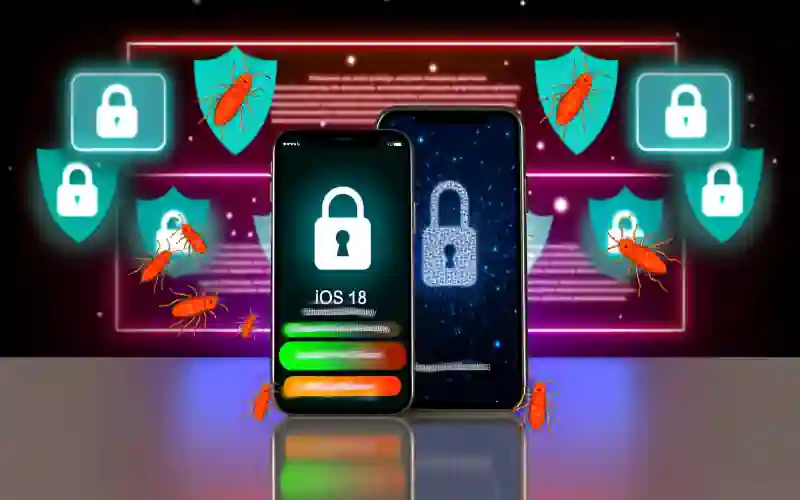
“iOS 18: Enhancing Security, Protecting Privacy – Update Now for a Safer Experience!”
Comprehensive Overview of iOS 18 Security Updates: Addressing 32 Vulnerabilities
Apple has once again stepped up its game in the realm of cybersecurity with the release of iOS 18, a crucial update that patches an alarming number of security vulnerabilities—32, to be exact. This update is not just a routine tweak but a necessary overhaul to safeguard user data and privacy across various devices including iPhone XS and later models, as well as a broad range of iPads. Given the severity and breadth of the vulnerabilities addressed, users are urged to install this update without delay.
Among the most troubling issues rectified in this update were those found in Siri and Safari’s Private Browsing mode. Previously, an individual with physical access to another’s device could exploit Siri to bypass lock screen security and access sensitive information. This glaring risk was mitigated by enhancing state management and implementing stricter checks, a relief for users who often store personal and professional data on their devices. Similarly, Safari’s Private Browsing mode was vulnerable, allowing unauthorized access to private browsing tabs. This flaw was also addressed in the update, ensuring that the intentions of private browsing—privacy and security—are maintained.
The update extends its reach into more technical realms such as Core Bluetooth, FileProvider, and WebKit. These components are integral to the iOS architecture, interfacing with everything from Bluetooth device connectivity to web content rendering. Vulnerabilities in these areas could potentially allow malicious apps to pilfer sensitive user data or execute universal cross-site scripting attacks. Thankfully, Apple’s response was robust, fortifying these components through enhanced input validation and bounds checking.
The implications of these vulnerabilities are vast. For instance, prior issues with the Kernel could allow network traffic to bypass VPN tunnels, compromising secure communications. Moreover, defects in libxml2 processing could crash processes when interacting with malicious web content, disrupting user experience and potentially leading to further exploits. The fixes introduced—improved checks and input validation—are critical in curtailing these risks.
It’s not just core functionalities that received attention; peripheral features like Accessibility, Game Center, ImageIO, and Wi-Fi were also updated to close potential security gaps. These enhancements are pivotal in preventing unauthorized data access and ensuring the integrity and security of Apple devices across the board.
The urgency with which users should approach this update cannot be overstated. The sheer number of vulnerabilities addressed highlights a potential goldmine for cybercriminals if left unpatched. Apple’s proactive stance in releasing iOS 18 should be matched by users’ promptness in updating their devices. It is a straightforward process: simply navigate to Settings > General > Software Update on your device. Following these steps not only updates your operating system but fortifies your digital life against a spectrum of cyber threats.
While it is worrisome that such vulnerabilities existed in the first place, Apple’s comprehensive response through iOS 18 is commendable. Users are advised to view this update as an essential step in maintaining their privacy and security in an increasingly digital world. By staying updated, we not only protect our own devices but also contribute to the broader security of the digital ecosystem.














